Editorials
“Stan Winston’s Creature Features” Brought 1950s Horrors into the Early 2000s [TV Terrors]

Horror and science fiction have always been a part of the television canvas, and constant attempts have been made over the years to produce classic entertainment. Some have fallen by the wayside, while others became mainstream phenomena. With “TV Terrors,” we take a look back at the many genre efforts from the 80’s, 90’s, and 00’s, exploring some shows that became cult classics, and others that sank into obscurity.
This month we revisit the five-film series (and toy line) known as “Creature Features.”
- Aired from 2001-2002
- Aired on Cinemax and HBO
In 2001, the late great Stan Winston, Stan Winston Studios, Cinemax, and HBO teamed up to create a multimedia cross promotional project called “Creature Features.” Winston, together with famed producers Colleen Camp and (Samuel Z. Arkoff’s son) Lou Arkoff, produced a series of made-for-cable films for premium movie channels Cinemax and HBO. The series featured five individual monster movies inspired by the titles of American International Pictures’ monster movies from the 1950s.
The full roster of AIP inspirations included Earth vs. the Spider (1958), How to Make a Monster (1958), Day the World Ended (1955), The She-Creature (1956), and Teenage Caveman (1958). The catch was, though, that these new films were basically remakes in name only (or “Tributes” as they’ve been described). What the studios did were recruit directors to take the aforementioned titles and tack on their own concepts and plots, bearing absolutely zero resemblance to the cult classics we all know.
The results and quality varied wildly, but it allowed both networks to premiere new horror titles, while Stan Winston’s team was able to advertise their highly detailed “Creature Features” action figures line. Said figures were often inspired by the new monsters included in these re-imaginings. “Creature Features” was very much a precursor to Hulu’s “Into the Dark,” as all five episodes were low budget feature films, and the very definition of late night cable movie fodder.
She Creature from Sebastian Gutierrez is a period piece set in 1905 starring Rufus Sewell and Carla Gugino as Angus and Lily, a pair of carnies that seek to kidnap an actual living mermaid from a traveling doctor. After a botched robbery, Angus and his crew kidnap the mermaid intent on bringing her home as their new attraction. Things go awry though when Lily inadvertently bonds with the mermaid who begins eating various crew members that cross Lily.
Soon Lily begins getting possessed by the vindictive mermaid, who seeks to escape from their clutches. She Creature is painfully slow considering the great atmosphere and solid special effects. You assume such a good cast would help keep the movie afloat, but in the end, neither Sewell or Gugino’s combined talents help what is a very drab, tedious monster pic.
The second feature, Earth vs. the Spider from director Scott Ziehl, is a ballsy monster movie; ballsy in that it completely rips off Cronenberg’s The Fly wholesale. Quentin is a rabid comic book geek and a security guard for a laboratory. After failing to stop thieves on the job, he willingly injects himself with an experimental serum derived from spider DNA. Hoping it will turn him into the next big arachnid superhero, he soon realizes he’s transforming into a carnivorous giant man-spider, whose lust for human blood is insatiable. Co-starring Dan Aykroyd (who looks like he accidentally walked in from a Sam Spade play), Theresa Russell, and John Cho, it’s a silly, fun, and gory monster movie despite being so unabashedly derivative that I’m surprised Cronenberg didn’t seek legal action.
How to Make a Monster, from George Huang, is a classic monster movie romp that’s also silly but so much fun. A mix of Virus and Chopping Mall, the narrative revolves around a video game development crew anxiously trying to create the ultimate horror video game, “Evilution.” Using an advanced technology, shit hits the fan when the tech is struck by lightning giving it a sentience and awareness. Intent on fulfilling its purpose, it begins stalking and mutilating the group, with only meek intern Laura standing in its way. Gruesome and campy, this installment packs some dark comedy, along with a cast that includes Clea Duvall, Tyler Mane, Jason Marsden, and Julie Strain, who cameos.
The Day the World Ended from Brian King feels like a longer version of the 1983 take on The Twilight Zone‘s It’s a Good Life. Nastassja Kinski plays Jennifer, a child therapist who gets a job in a small town. The small town is filled with generally cold and unwelcoming locals and she takes an interest in a local boy named Ben. Bullied by everyone, Ben begins to display unusual powers, and is convinced he’s the offspring of an alien who mated with his deceased mother. He’s also certain his alien father is looking for him and will arrive any time to enact bloody vengeance.
What Jennifer uncovers is a dark past involving aliens, the town, Ben’s ill fated mother, and his single dad who hovers over Ben constantly. Starring Kinski, Randy Quaid, and a plethora of notable character actors, The Day the World Ended is uneven and veers more toward fantasy, but at least it introduces a slick looking monster.
Teenage Caveman is the absolute nadir of the series. Larry Clark (of Kids infamy) directs what is a ninety minute glorified Skinemax film made up of an hour of very young looking actors in the buff having sex in long, drawn out, tedious sequences. There’s about twenty minutes of actual narrative. Said film involves a pair of evolved humans (Andrew Keegan, Tiffany Limos) that lure a group of exiled teens from a post apocalyptic tribe to their home base where they seduce and sexually transmit their genes to them, allowing them a chance to evolve for survival. Believe it or not, there are monsters in this movie, but they play third fiddle to the shameless, nigh endless T&A.
Premiering on late night cable on Halloween 2001, “Creature Features” basically disappeared from both channels in 2002, accruing almost no buzz or acclaim. Released concurrently with the films, Stan Winston Studios made their very first line of action figures based on the monsters from these individual features. Winston also included CD-ROMs with each figure, detailing the creation and Stan’s feelings on the process. There are five total figures and CDs with five making-of videos. All five segments can be found on YouTube, allowing fans that didn’t spend money on the collectibles an interesting insight into the ambitious project.
Today we have Sideshow, Mezco, NECA and various boutique companies cross promoting their collectibles with TV shows and video games, and Stan Winston was ahead of his time on that front. Even if the movies that resulted from the endeavor were mostly duds.
Is It On DVD/Blu-ray/Streaming?
The movies were all individually released under the “Creature Features” banner, and are still available (on both DVD and VHS), if a tad pricey; which should be an indicator of how much HBO and Cinemax loved these films. The collectible figures are also still available, with reasonable pricing.

Editorials
Looking Back on the Stop-Motion Nightmare of 1986’s ‘The Pied Piper’

Genre classifications tend to fall apart the further we look back in time. That’s why nearly all the original versions of classic fairy tales contain at least one bizarrely horrific element or another. From the Evil Queen’s cannibalistic intentions in Snow White to the Big Bad Wolf successfully devouring both granny and Little Red Riding Hood, even the most innocent stories featured a twinge of terror back when they were first created. However, there is one fairy tale that remains surprisingly dark even in its current iteration, and that would be the chronicle of The Pied Piper of Hamelin.
A simple yet memorable yarn about a pipe-playing stranger who takes revenge on the populace of medieval Hamelin once they fail to pay him for eliminating their rat problem, the story of the Pied Piper has influenced countless other works of art (even popping up as a recurring influence on the Slenderman mythos). That’s why I find it so surprising that there’s no definitive big-screen adaptation of the iconic story – unless you count stop-motion animation.
Enter Czech filmmaker Jiří Barta, a pioneer stop-motion animator working for Kratky Film in the early ’80s. Having already made a name for himself by contributing to a myriad of televised short films aimed at children, Barta and the humble studio wanted to branch out and create a large-scale project meant for older audiences. After some discussion, the director settled on a bold retelling of the Piped Piper, wanting to present the story in a way that would stay true to its Germanic roots while also taking inspiration from Viktor Dyk’s 1911 reinterpretation of the tale, Krysař (Rat-Catcher in Czech).
And so production began on a one-of-a-kind animated spectacle that would incorporate German expressionism and medieval artwork into its visual design. Over the course of a year, Kratky’s artists produced meticulously crafted puppets and locations meant to evoke wood carvings – as well as a rat infestation brought to life through taxidermized skins and the occasional use of live-action photography.
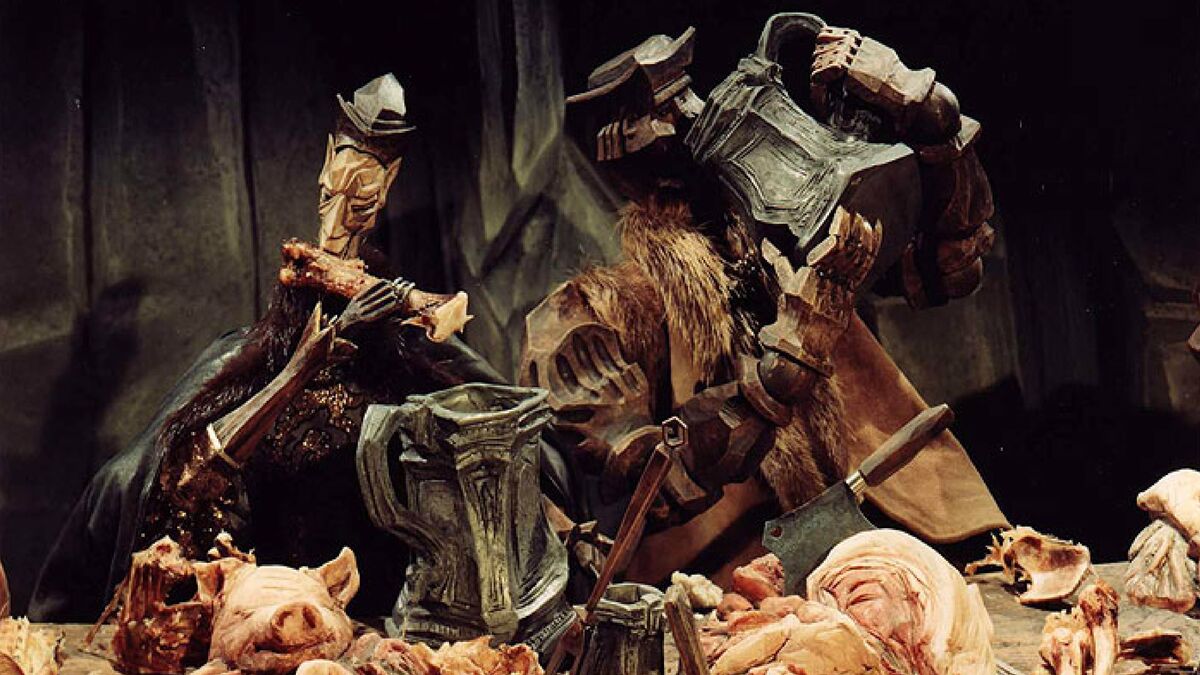
Not very appetizing.
In the finished film (which doesn’t require subtitles since the characters all speak in a fictional German dialect that we aren’t meant to understand), we follow the downfall of Hamelin as the wealthy townsfolk become corrupt in their miserly ways, with the bustling city eventually attracting a vicious swarm of rats. It’s only then that a pipe-playing stranger comes to town and is promptly hired to take care of the problem. Naturally, the Piper is soon betrayed, leading to a horrific comeuppance as the town faces the consequences of extreme avarice.
In 1986, Krysař (retitled to The Pied Piper in North America) would premiere to rave reviews, though this success remained mostly limited to the festival circuit and Eastern European theaters. It would actually take decades for the film to reach home video in America, with most Western cinephiles only coming across this landmark stop-motion fable through bootleg copies and international DVDs aided by the film’s lack of intelligible dialogue.
This aura of mystery may be partly responsible for the film’s enduring legacy as an obscure cult movie, with fans considering it one of the greatest hidden gems of all time, but it’s The Pied Piper’s exceedingly dark tone and imagery that really cemented its place as a classic.
While the general plot was faithfully recreated from familiar versions of the story, which is already one of the darkest fairy tales in existence (possibly due to its origins as an allegedly true horror story), it’s the flick’s deviations from its folkloric source material and the clear preference for Dyk’s bleak retelling that make it such a memorable experience.
For starters, the animated visuals actively enhance the story’s surreal undertones, making a serious experience that much more unsettling due to its whimsical presentation. Horrific moments like the murder and implied sexual assault of a sympathetic main character become downright disturbing when told through the eyes of wooden puppets, and the clockwork-inspired movements of the city folk reveal sinister implications about the inner workings of an oppressive metropolis.
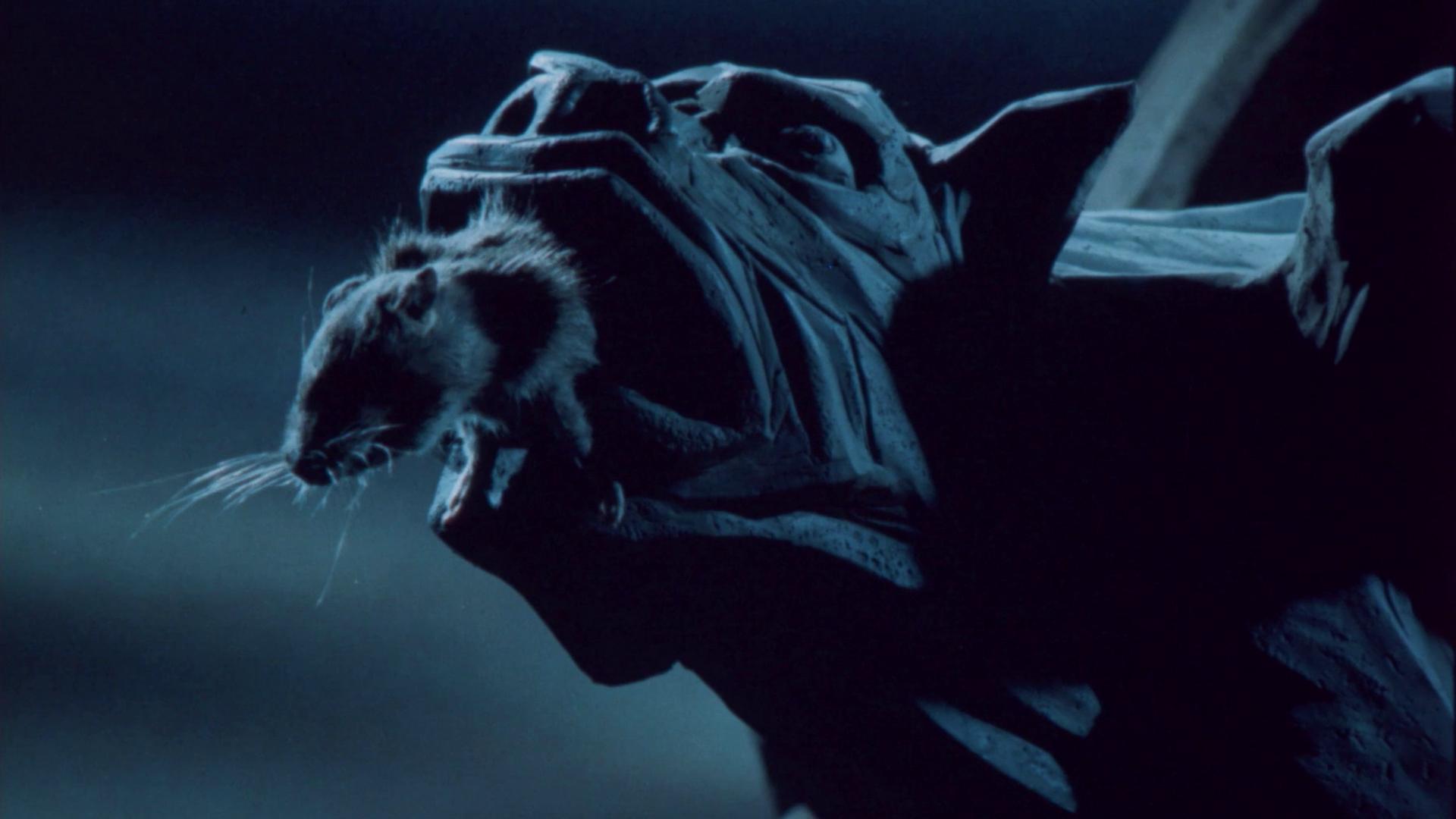
“Them filthy rodents are still coming for your souls!”
The rat plague itself is also incredibly unnerving, with the rodents’ organic design intentionally clashing with the mechanical feel of the rest of the film. The director originally intended for the vermin to feel more alive and sympathetic than the jaded inhabitants of Hamelin, but the use of real rat taxidermy also adds an additional layer of uncanny terror to the mix as the furry plague invades a mostly sterile production.
Of course, the scariest addition to Barta’s The Pied Piper comes from its grisly ending, which ditches the traditional climax of having the Piper kidnapping the local children and instead goes down an unexpected route of city-wide body-horror. I won’t spoil the details for those who still haven’t seen this wood-carved masterpiece, but suffice to say that the finale will stay with you long after the credits roll.
Like the legend that inspired it, The Pied Piper is much more than just a horror story. It’s an anthropological cautionary tale. It’s also a tragic love story, as well as a cathartic revenge yarn. But regardless of how you interpret it, it’s the overall brutality of Krysař that makes it so unique. That’s why I’m glad that the folks over at Deaf Crocodile have finally given the film the remastered Blu-ray release that it desperately needed.
And in a world where adult-oriented animation is finally getting the attention it deserves, with filmmakers like Guillermo del Toro championing the cinematic format as a medium rather than a genre, I think it’s worth looking back on Barta’s magnum opus as a poignant reminder that nightmares are not limited to live-action.




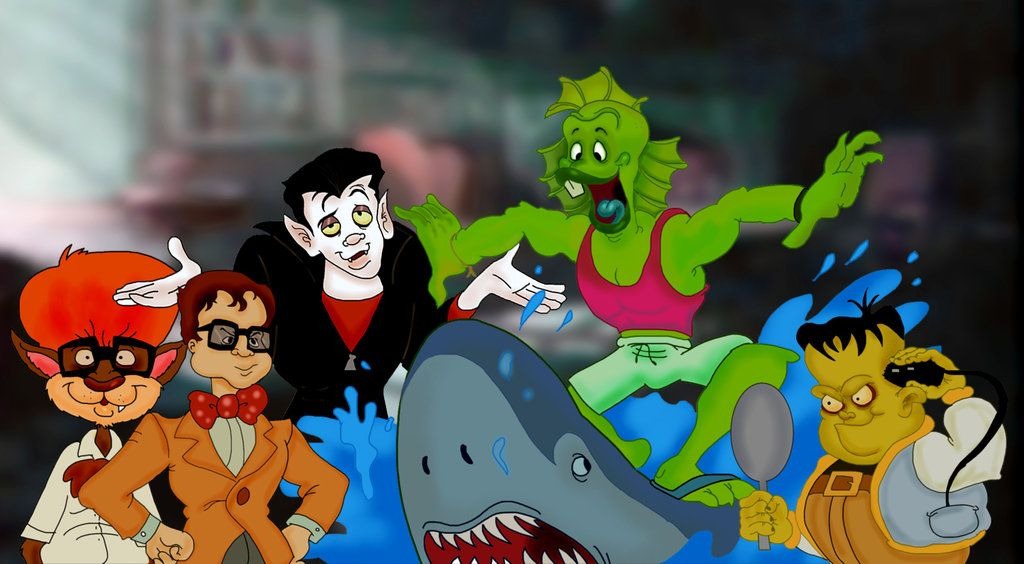

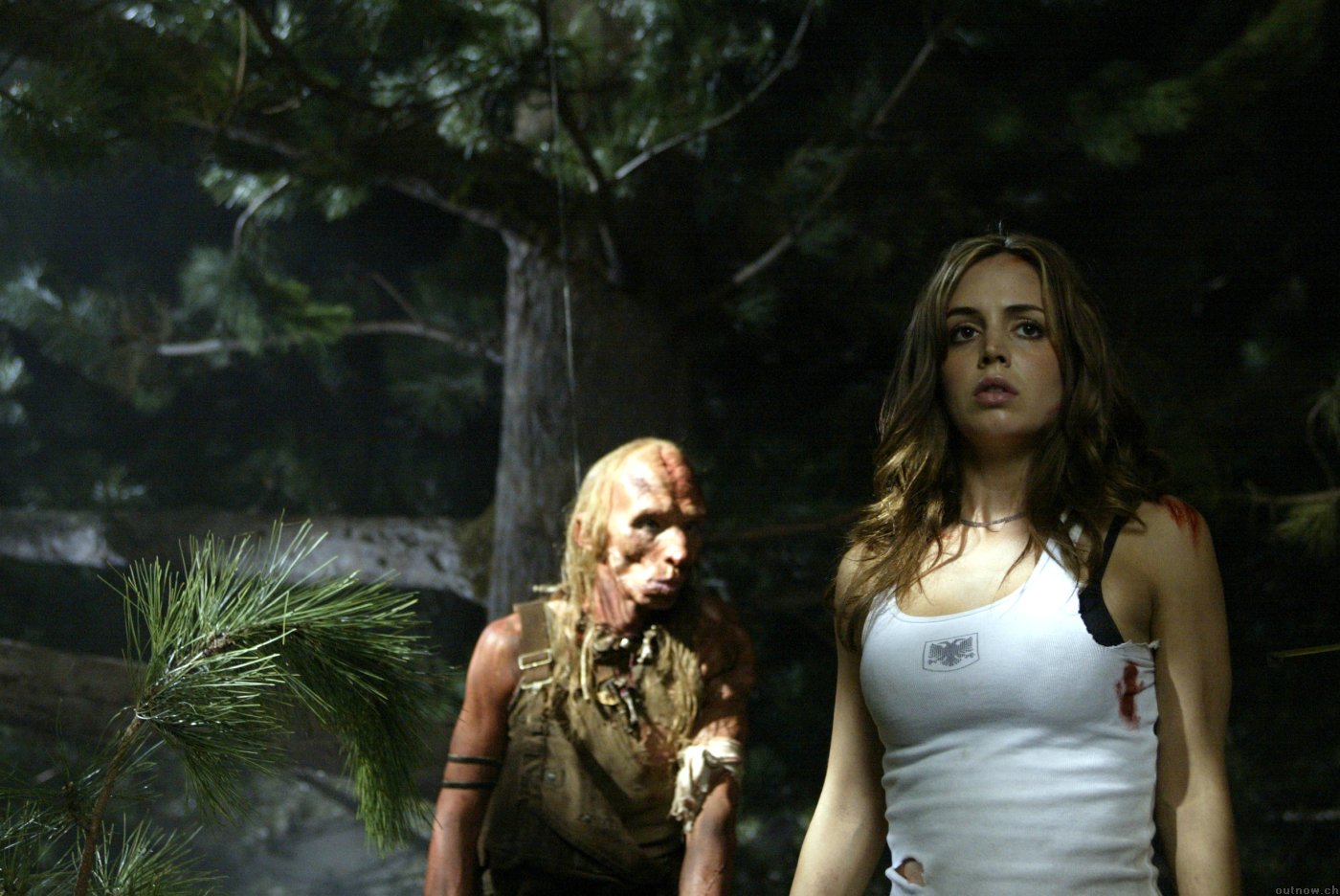








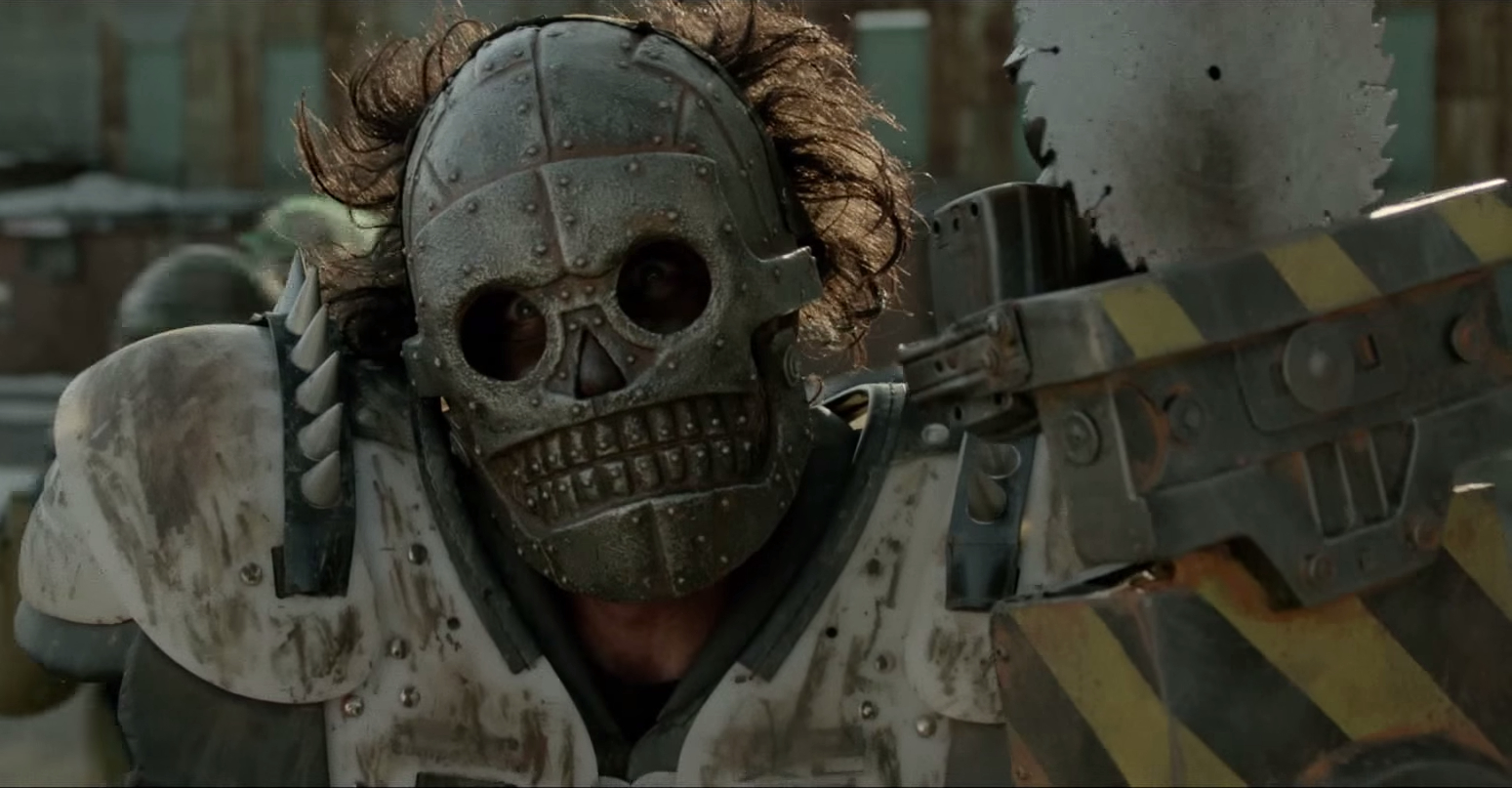

You must be logged in to post a comment.